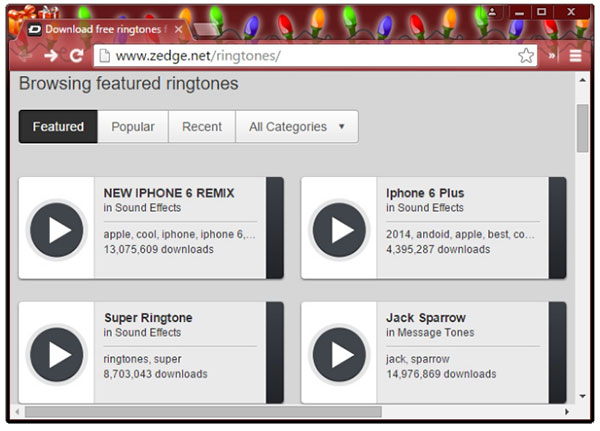


You can also access the "Song Info" (or "Get Info" in earlier versions) option by right-clicking on the song, clicking the ( The easiest way to do this is to make sure the track is highlighted, then hit Command-I (or Control-I for Windows users) on your keyboard. Once you have found that sweet spot, open up the song's info window. To play it safe, 30 seconds is the max time you should aim for. If it's over 30 seconds, it won't show up as an option for alert tones on your iPhone, only for ringtones. Also, keep in mind that if you want to use your ringtone as an alert tone for texts, emails, calendar events, and more, your ringtone can be no longer than 30 seconds. If they're any longer than that, they won't copy over to your iPhone at all. For our purposes, this is perfect for creating the proper ringtone length. You can set a start and end time for any song, so iTunes will only play that select portion of the track. This is a cool iTunes feature that not everyone knows about. We'll show you both below, just in case you're running an older iTunes on your computer.ĭon't Miss: Set Apple Music Songs as Alarm Sounds on Your iPhone Step 1: Set Time Parameters for the Song However, keep in mind that the process for this in iTunes 12.7 and higher is different than in older versions of iTunes.

All you need is the songs in your library that you want to turn into ringtones. But before you panic, we won't be making you purchase anything today - iTunes has all of the tools necessary to do this 100% pro bono. In order to make customized ringtones using your favorite songs, you'll need to open up iTunes on either macOS or Windows. Apple doesn't let us pick a song from our music libraries, but there is still a way to use our favorite tunes as tones. With all that choice, why would you ever need more? Personally, I get bored easily, and I'd like my music to play when people call. After all, there are over 50 to choose from if you include the classic ones. Full disclosure: I really like Apple's stock ringtones on the iPhone.


 0 kommentar(er)
0 kommentar(er)
